- Category
- Life in Ukraine
How Civilians in Kyiv are Preparing for Resistance, In Photos
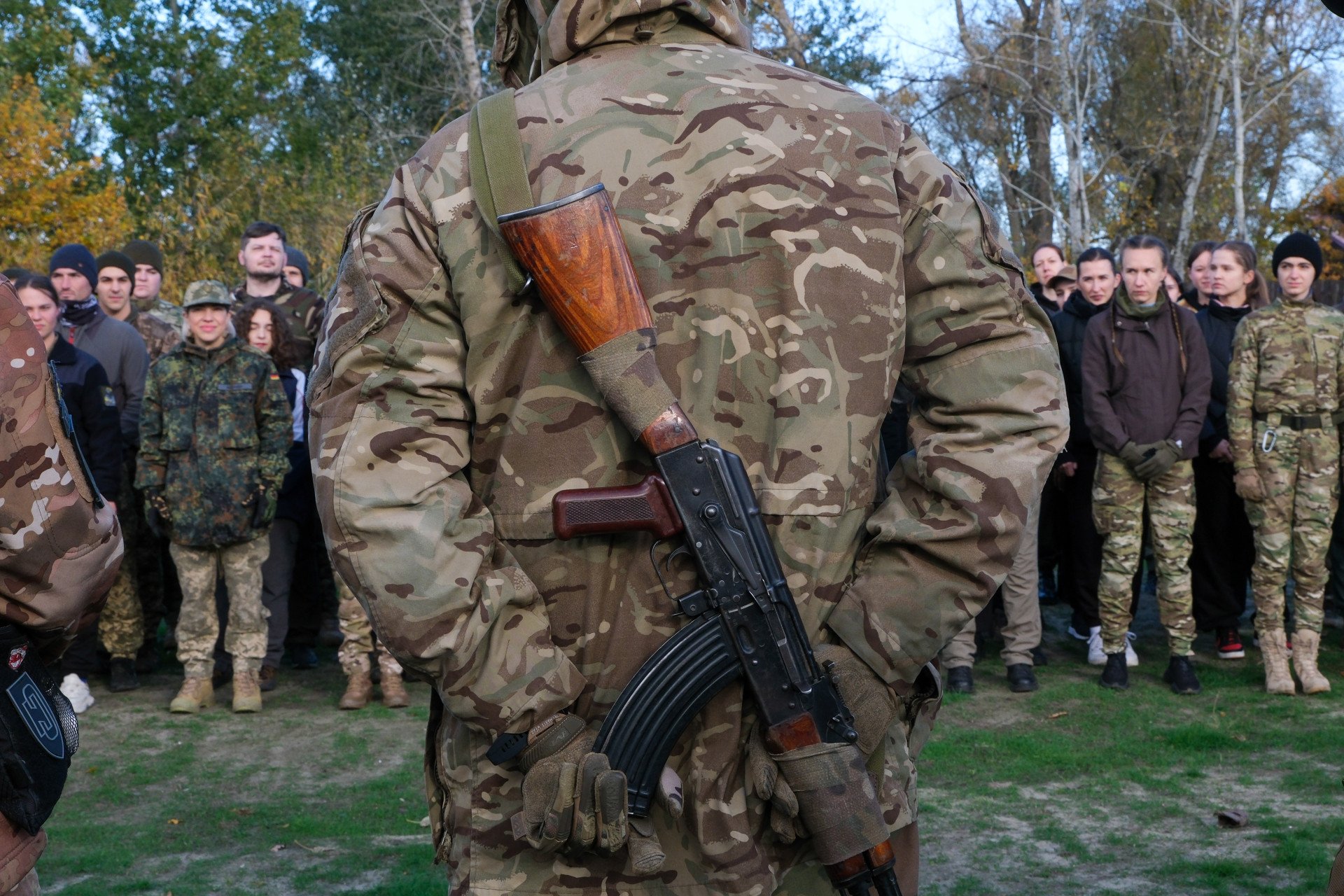
In Ukraine, where the war has permeated every corner of society, civilians are leaving their routines behind to prepare for defense. Men and women of all ages keep joining civilian preparedness courses across the country, equipping themselves to effectively resist the ongoing Russian invasion
On the outskirts of Kyiv, a diverse group of civilians gathered on Saturday morning, November 2nd, for condensed training sessions in weapons handling, tactical medicine, drone piloting, and engineering.
The atmosphere blended determination and anxiety as aspiring trainees stood in the cold, arranged into four large columns awaiting selection. They might have been students, office workers, or parents just weeks earlier. Today, however, they stood more unified than ever, each preparing for a war that had drawn closer to their lives than they could have imagined.
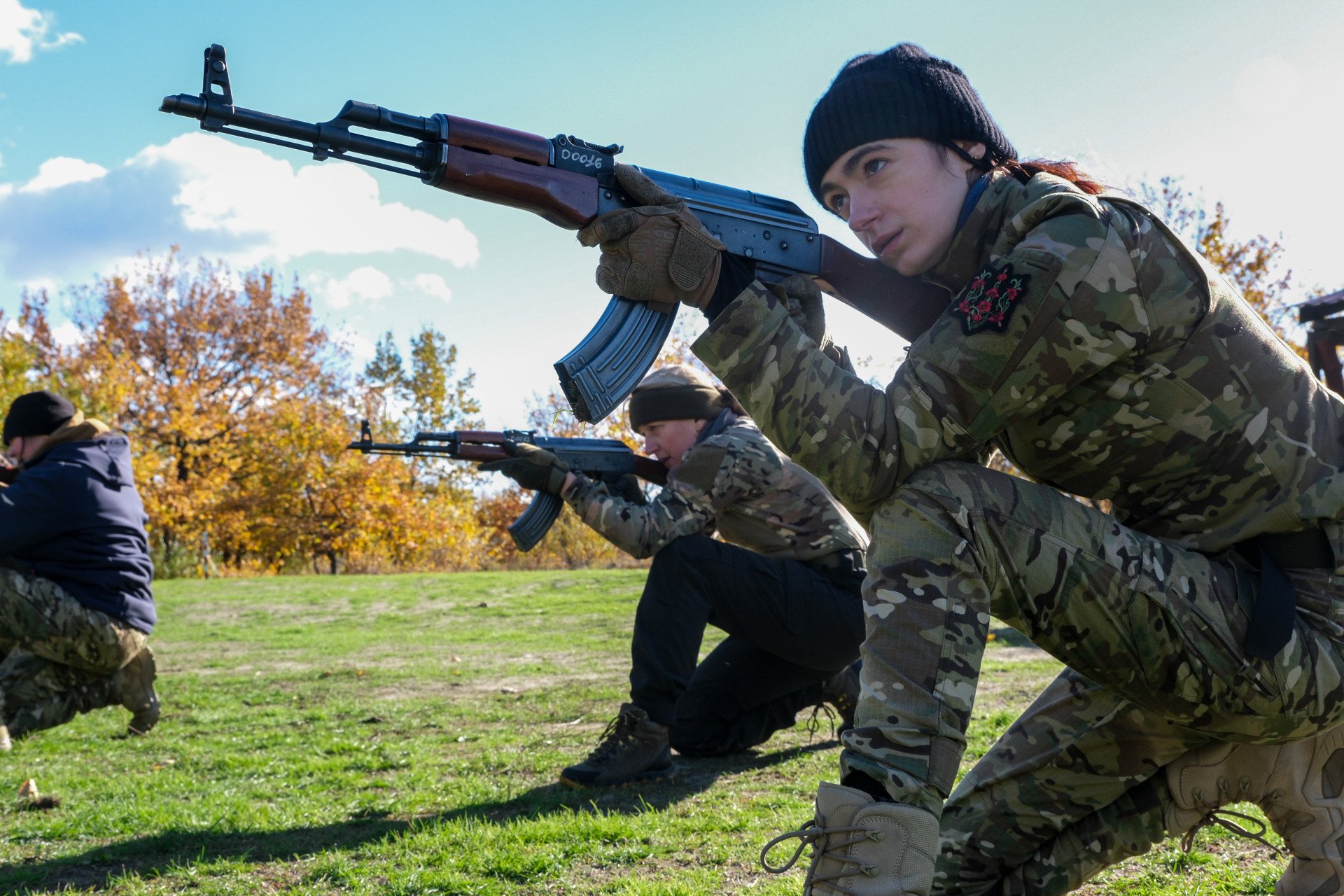
An air raid siren suddenly cuts through the air—a familiar sound amid the relentless barrage of Shahed drones targeting Kyiv that day. The masked trainer, known as "Artist" to his students, pauses the weapons training to caution them about the risks of exposure during an air raid. “Do we stop or continue with the drill?” he asks. “Continue!” the class responds in unison—unyielding and unfazed, their voices resolute.
Alisa, a 20-year-old trainee at the Kyiv Regional Center for Training the Population for National Resistance, explains her motivation: “I have all my friends in the military. I wanted to get involved in all things military, to be more connected to them. I prepare because I can be called to fight at any point, and I want to be ready.”
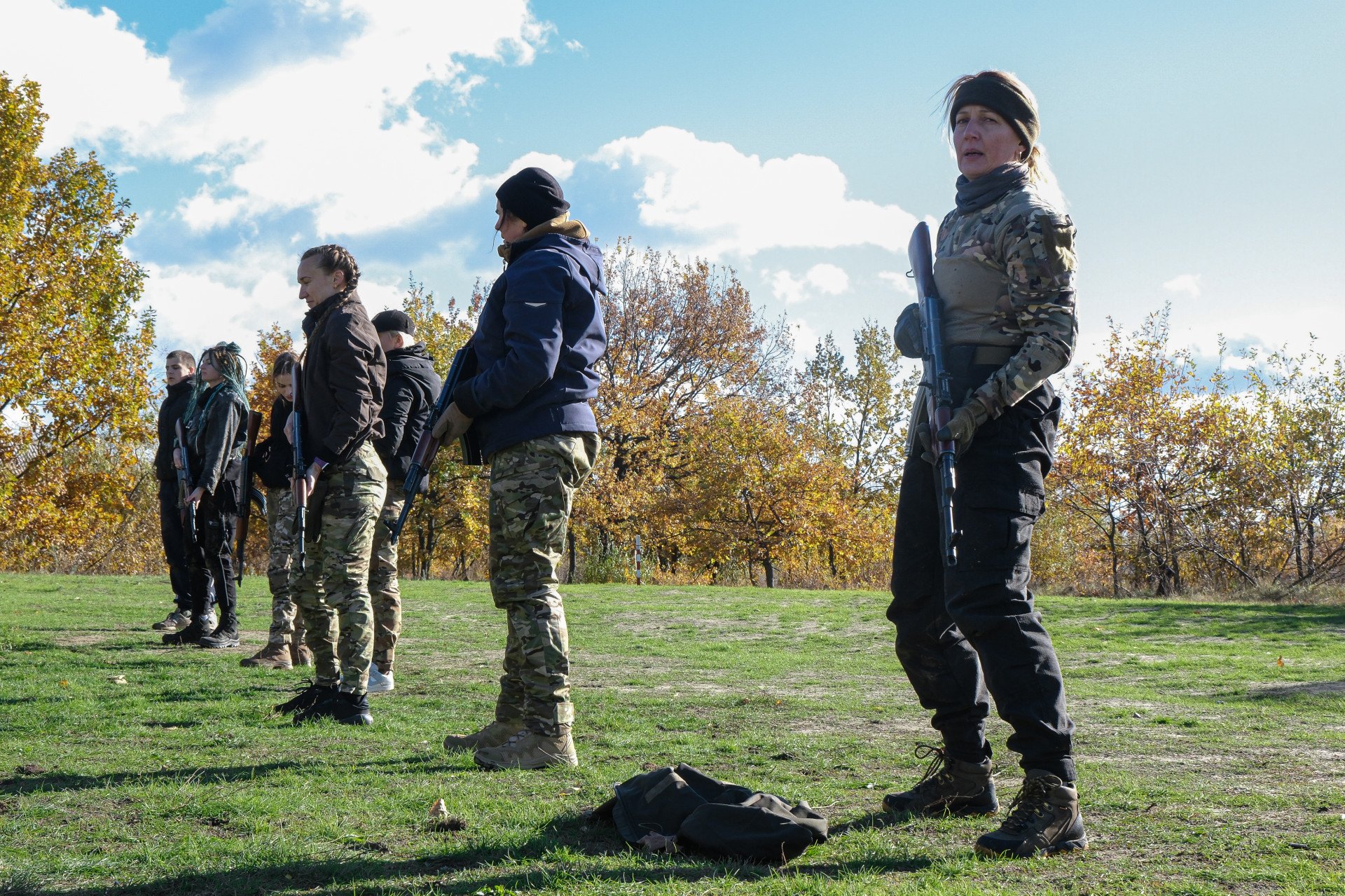
Civilians from all walks of life are welcome to join this free course, which offers varying levels of preparedness—from basic first aid to comprehensive 100-hour foundational courses for those considering a path to military service.
Serhiy, a 28-year-old trainee, shares his motivation: “I am preparing for the possibility of mobilization, and to find the right unit and specialization, but currently, I have no experience and want to learn from a beginner's level.”
Some trainees have purchased fatigues in forest camouflage, fully aware of where they may soon find themselves. Others arrive in every day civilian clothes, bringing a mix of nervous excitement to the air as they prepare to handle a weapon for the first time, hear the boom of grenades, or suture simulated shrapnel wounds.
The uncertainty of war and the proximity of the frontlines have made this urgency palpable, driving many across the country to take control by preparing themselves as fighters and first responders.
Another trainee, Yulona, 26, adds her own motivation: “My older brother is currently fighting, and I want to follow in his footsteps. This is a great example, not only for me but for all of us. We need to take these courses because crying never ends in victory.”

Kyiv Regional Center for Training the Population for National Resistance: training Kyivans to resist
Backed by the 3rd Separate Assault Brigade, and the Kyiv Regional Military Administration, the Kyiv Regional Center for Training the Population for National Resistance has freely trained Kyiv region residents in military skills since early 2024. Demand is intense—each slot draws six to seven hopefuls.
Dominika, a 42-year-old trainee, explains her motivation: “My husband is a military man, my child is studying at the military academy, and I would like to understand what they both experience. I also want to learn how to defend myself, because I’m left alone. I’ve been training for two and a half months now.”
Open to anyone over 18, the center’s trainees mainly fall within the 25-35 age bracket, with women making up 60% and men 40%. They’re driven by the Russian full-scale war’s realities, recognizing the urgent need for foundational military skills and, for some, the desire to empathize with loved ones in uniform.
Notably, around 10% of those completing the program go on to serve in Ukraine’s Armed Forces.
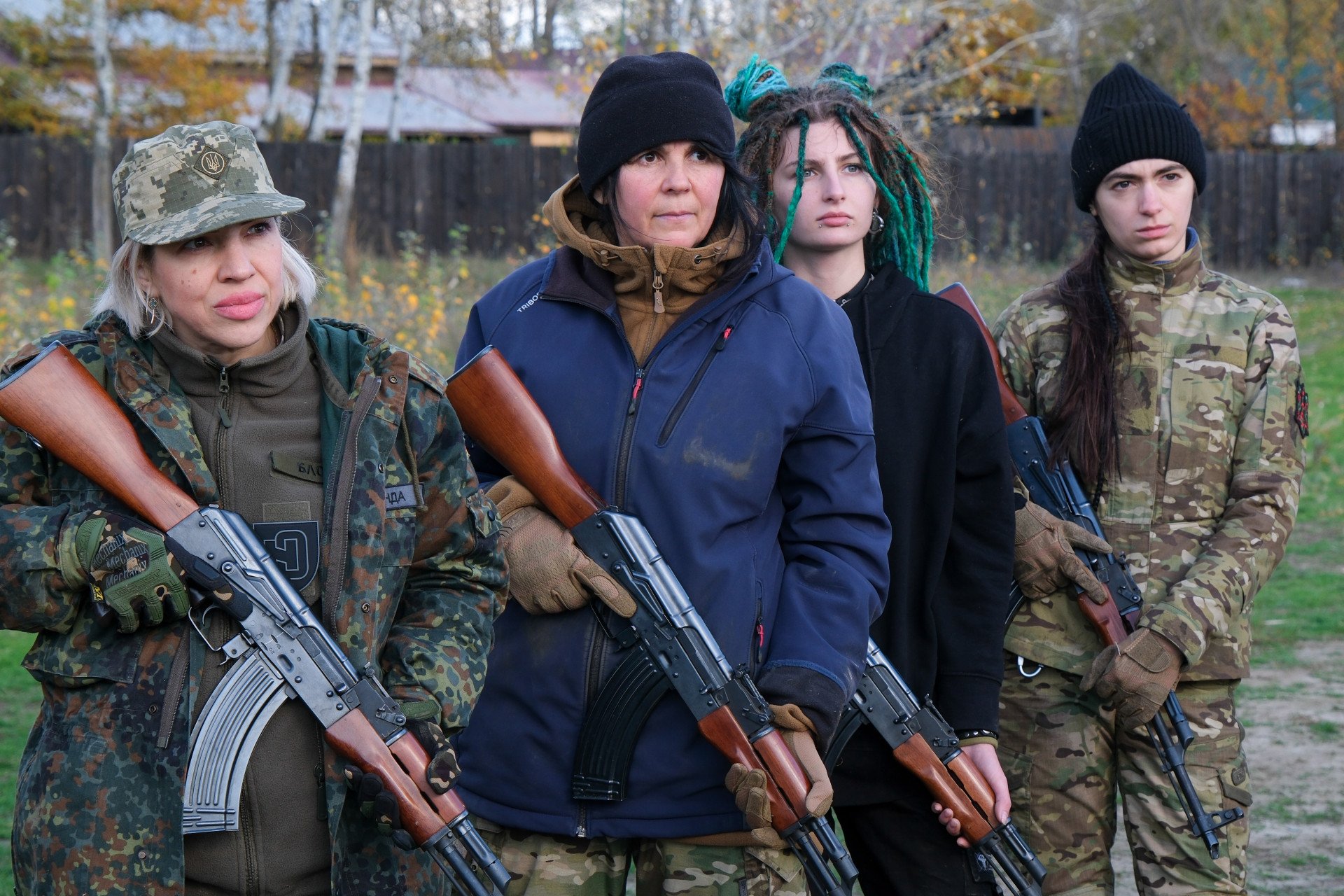
The instructors here are no strangers to the front lines. Veterans of some of the fiercest battlegrounds, many come from the 3rd Separate Assault Brigade. Leading them is Volodymyr Avdeyenko, a battle-hardened veteran who explains the organization’s mission:
“We want people to be able to defend themselves and provide first aid. What’s happening in Ukraine now isn’t just about survival—it’s about standing strong for the country’s future. The goal is to cultivate a more conscious, unified community, bringing civilians together in solidarity, connecting them to the military as if they were part of it.”
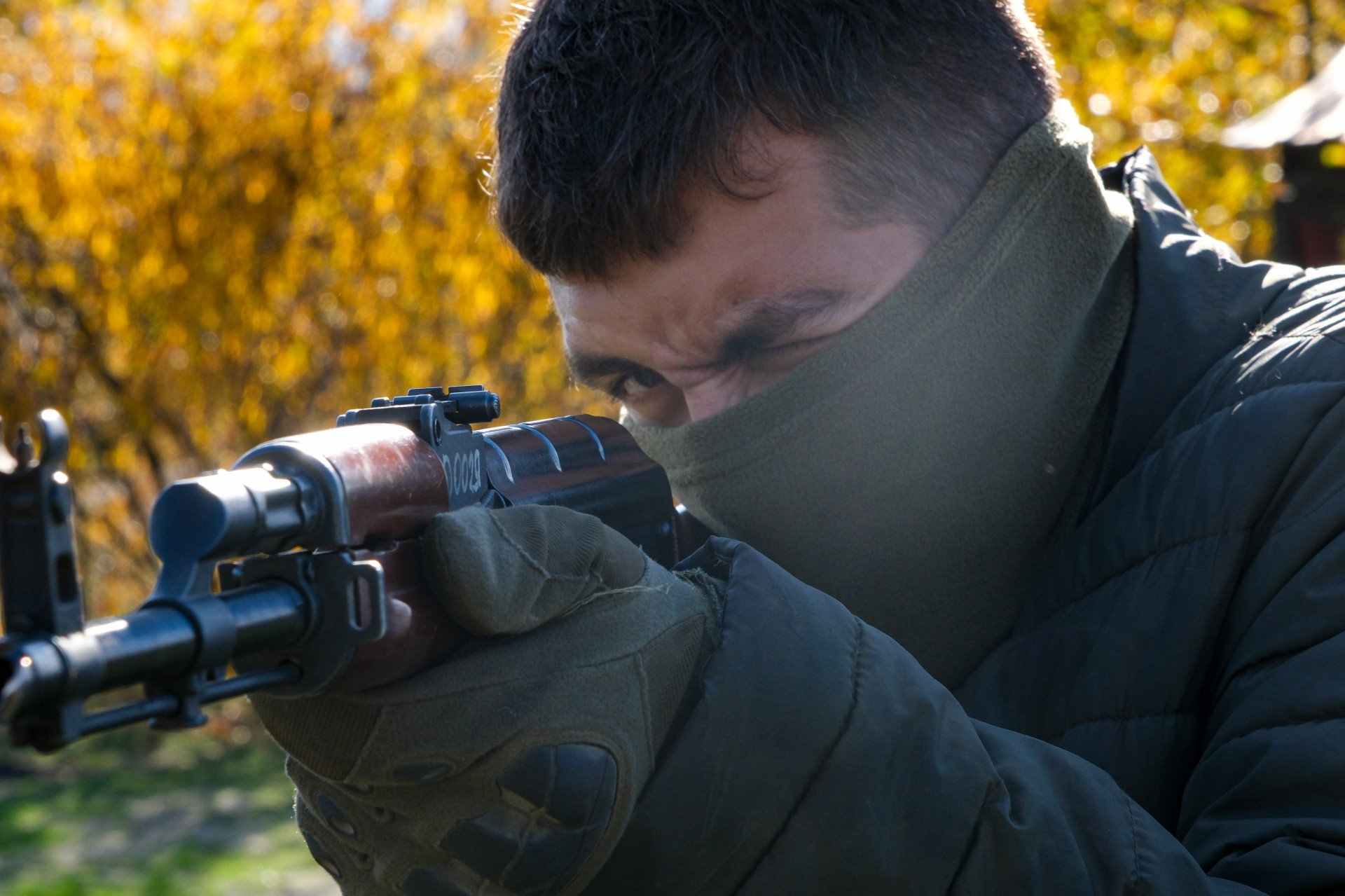
Avdeyenko enlisted at the start of the full-scale war and was wounded in Soledar. After a year of recovery, he now heads the Kyiv Regional Center for Training the Population for National Resistance, pouring his experience into training civilians. Beside him stand veterans like "Zeus," an assault specialist wounded near Bakhmut; "Irishman," a medic who served in Bakhmut and Andriivka until an injury forced his discharge in 2024; and "Artist," an Azov Brigade veteran who was airlifted from a besieged Mariupol after a serious injury.
Ilona, a 20-year-old trainee, reflects on the importance of the training: “I think that during the war every Ukrainian should have some basic knowledge of military training. For example, applying a tourniquet, even if they are in a civilian environment. Anything can happen here; thanks to these courses, civilians master first aid knowledge and save other lives. This is something every Ukrainian should know.” Each instructor brings a reservoir of frontline experience, enriching the training with hard-won, firsthand insights.
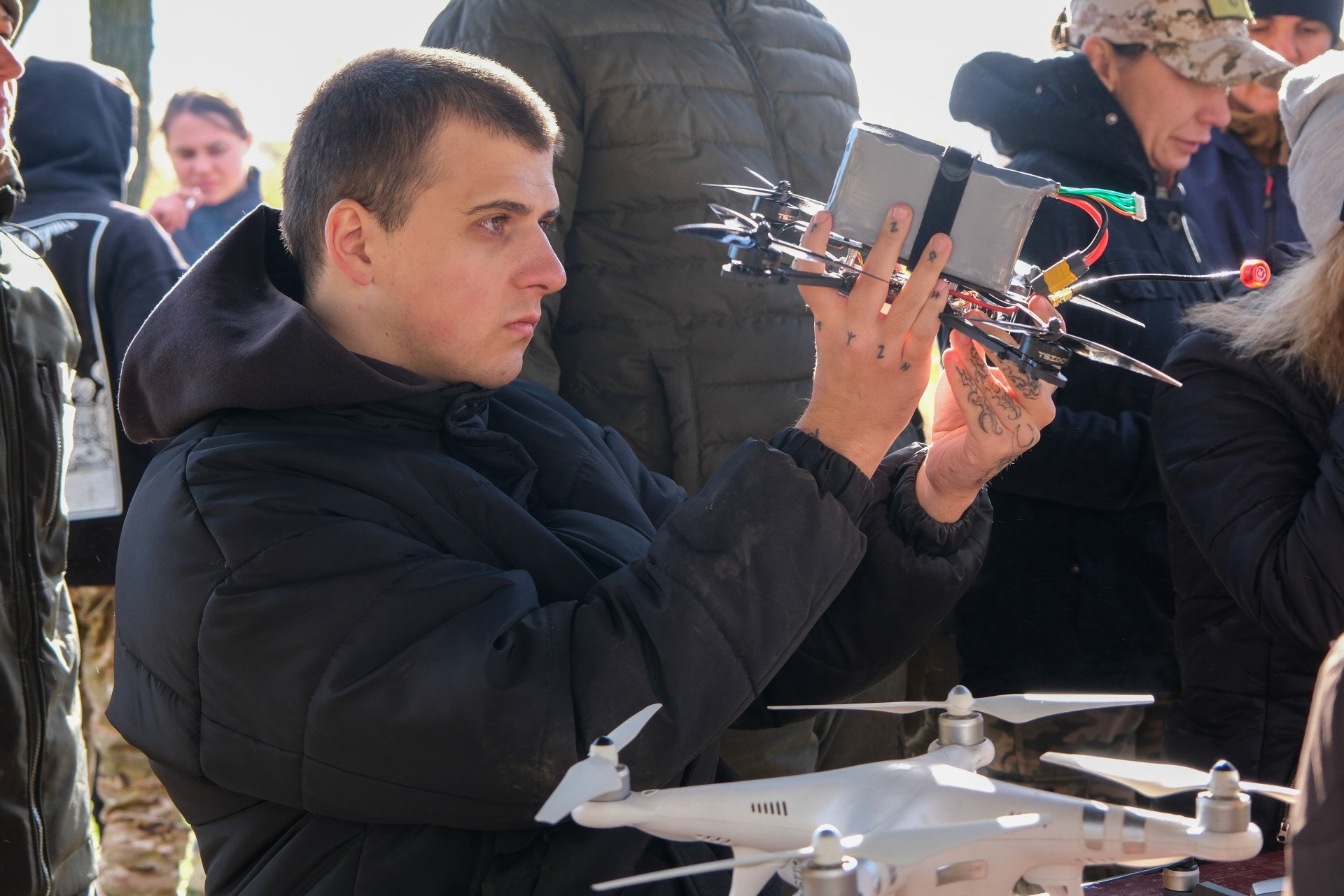
Programs and their purpose
As cities across Ukraine bear the scars of shelling, these training sessions have evolved from a necessary precaution to an act of defiance. Civilians learn how to handle weapons and perform life-saving medical care, knowing that their country’s security might one day depend on them. This sentiment resonates most strongly in areas near the nearly thousand-kilometer-long frontline, where soldiers and civilians alike work to hold back the Russian advance and the destruction it brings.
Some of those attending the Kyiv Regional Center for Training the Population for National Resistance come from frontline areas—some still Russian-occupied, others recently liberated by Ukrainian forces—and many still have family there. They wear masks to avoid recognition by Russian security services, hoping to shield their loved ones from potential punishment.
Lyudmila, a 55-year-old trainee, shares her motivation: “I have a husband in the armed forces and a son in the National Guard, who has been on the zero line for two years. I think getting military training is essential, as anything is possible—one day, I may have to defend my country.”
Artem, 30, expresses his conviction: “I think it's important for every citizen of our country to be ready to defend it. Let’s not forget that we are working and fighting for our country’s survival. Glory to Ukraine! Glory to the heroes!”
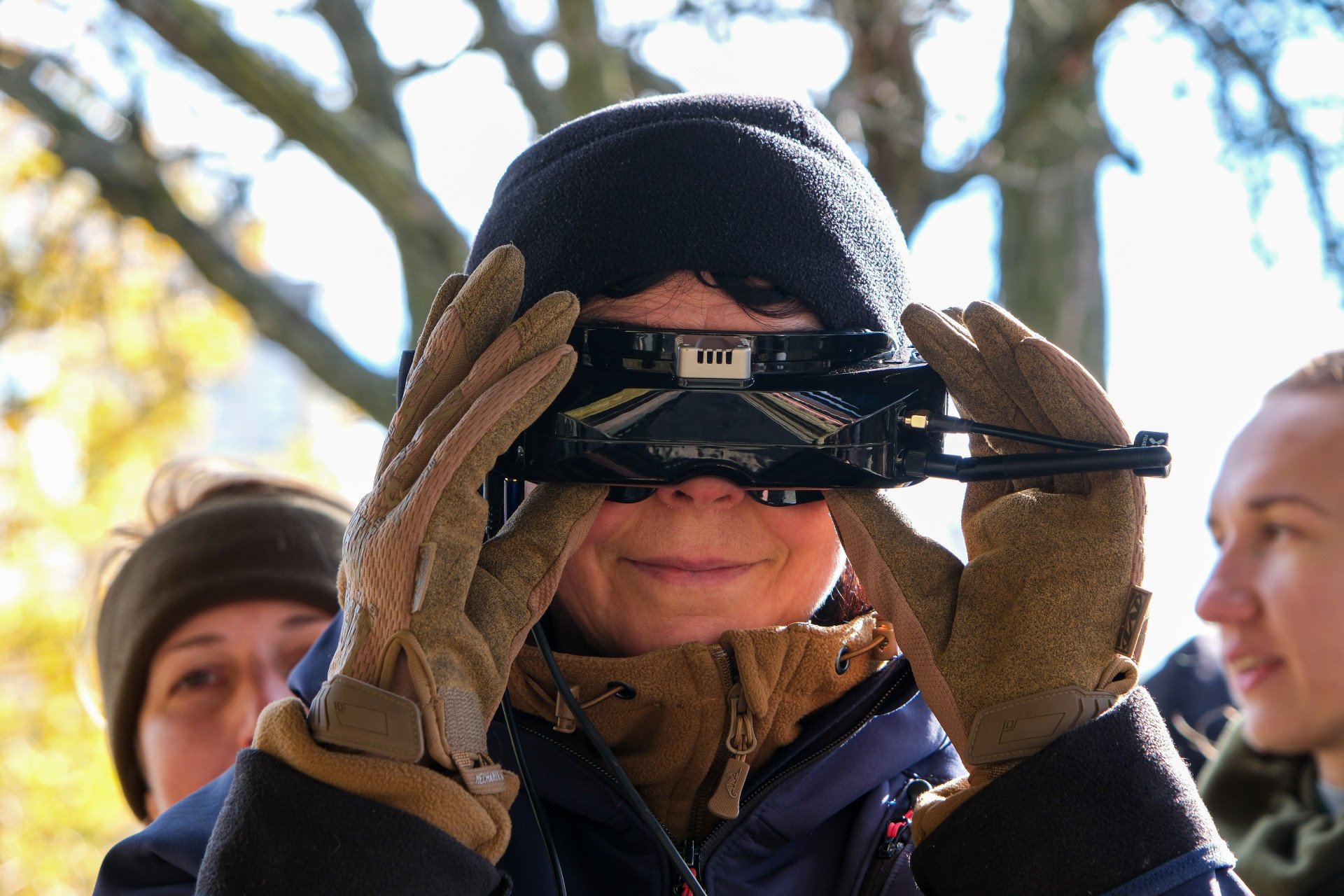
What Ukrainians are doing is not without precedent; history has repeatedly demonstrated the importance of a well-prepared society. Some countries—like Ukraine—enforce mandatory conscription and military training for certain civilian groups, building a baseline of readiness and resilience.
In Nazi-occupied France, civilians organized into local resistance networks, conducting sabotage, espionage, and support for Allied forces. In Eastern Europe, Jewish civilians who escaped ghettos and Nazi extermination camps formed resistance groups known as partisans.
Yet, no amount of routine training could have fully prepared anyone for the sheer scale and brutal conditions of this modern war. As missile and drone strikes reach deep into civilian areas, even those far from the frontlines find themselves needing skills once reserved for soldiers.
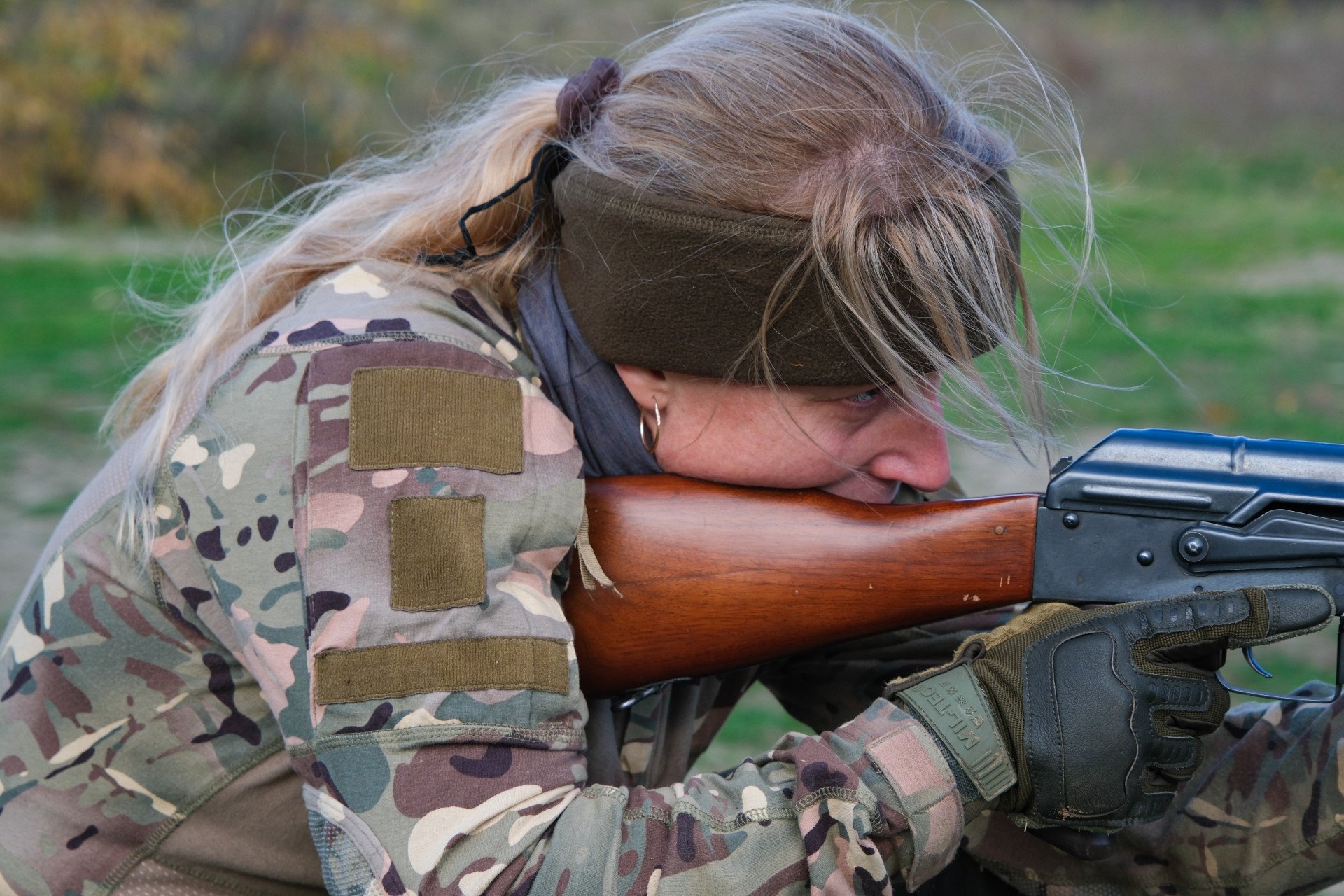
“The war isn’t over, and I want to be as prepared as possible,” says Ulyana, 36, capturing a sentiment that resonates among participants. “Every conscious Ukrainian should know how to put on a tourniquet and hold a weapon to protect their family,” adds Dominique, 19, another trainee determined to learn more.
The center offers a robust 100-hour program, a condensed 36-hour course, and one-day workshops. Created by the Command of the Territorial Defense Forces of Ukraine’s Armed Forces at the start of the invasion, the 100-hour course covers 15 core disciplines, recently adding UAV (drone) operations as a 16th.
The shorter 36-hour course, piloted in October 2024, is gaining traction in other centers. It zeroes in on six crucial areas, including firearm skills and tactical training, while the 8-hour "Day Training" session covers 3-4 focused areas.
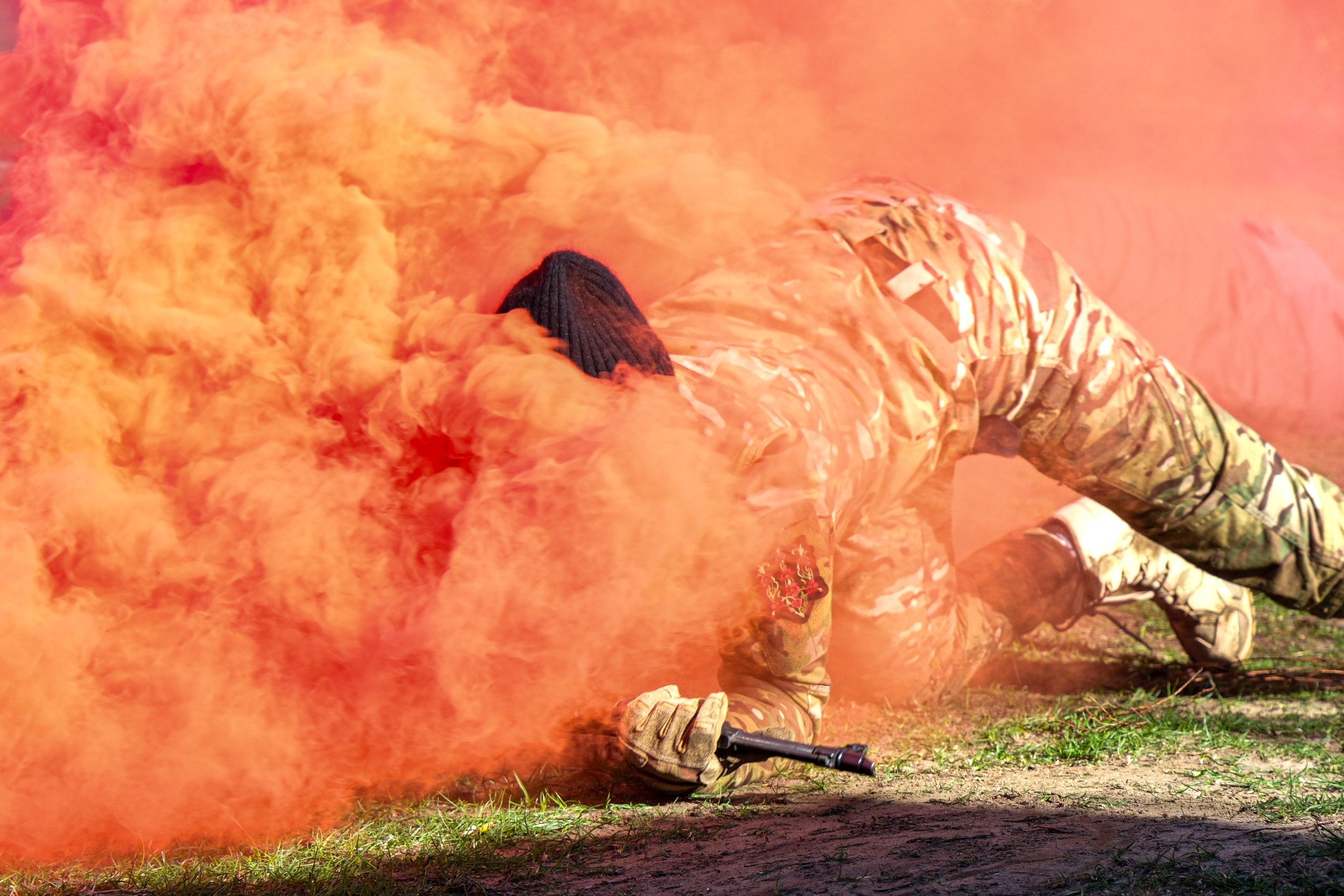
As the training session concluded, participants headed home carrying more than just newly learned skills. Each civilian—student, parent, professional—left with a strengthened resolve to be ready to protect their loved ones and their homeland if needed.
For most, this was only a day-long course, an introduction. Some will return for the more intensive, time-demanding programs, while a motivated few may ultimately enlist in the armed forces.
In Ukraine, where the frontline is never far from anyone’s mind, these programs are a powerful reminder that resilience extends beyond the military. Each civilian trained is a crucial part of Ukraine’s defense, a thread in the nation’s resistance fabric. For those who participate, it’s more than just preparation; it’s a commitment to stand with their country, side by side.
Or, as one trainee, Oleksandr, 30, expressed, “I'm doing something I didn't plan to do three years ago. But now I'm here to start. I will continue to do it, and we’ll see what happens in the future.”
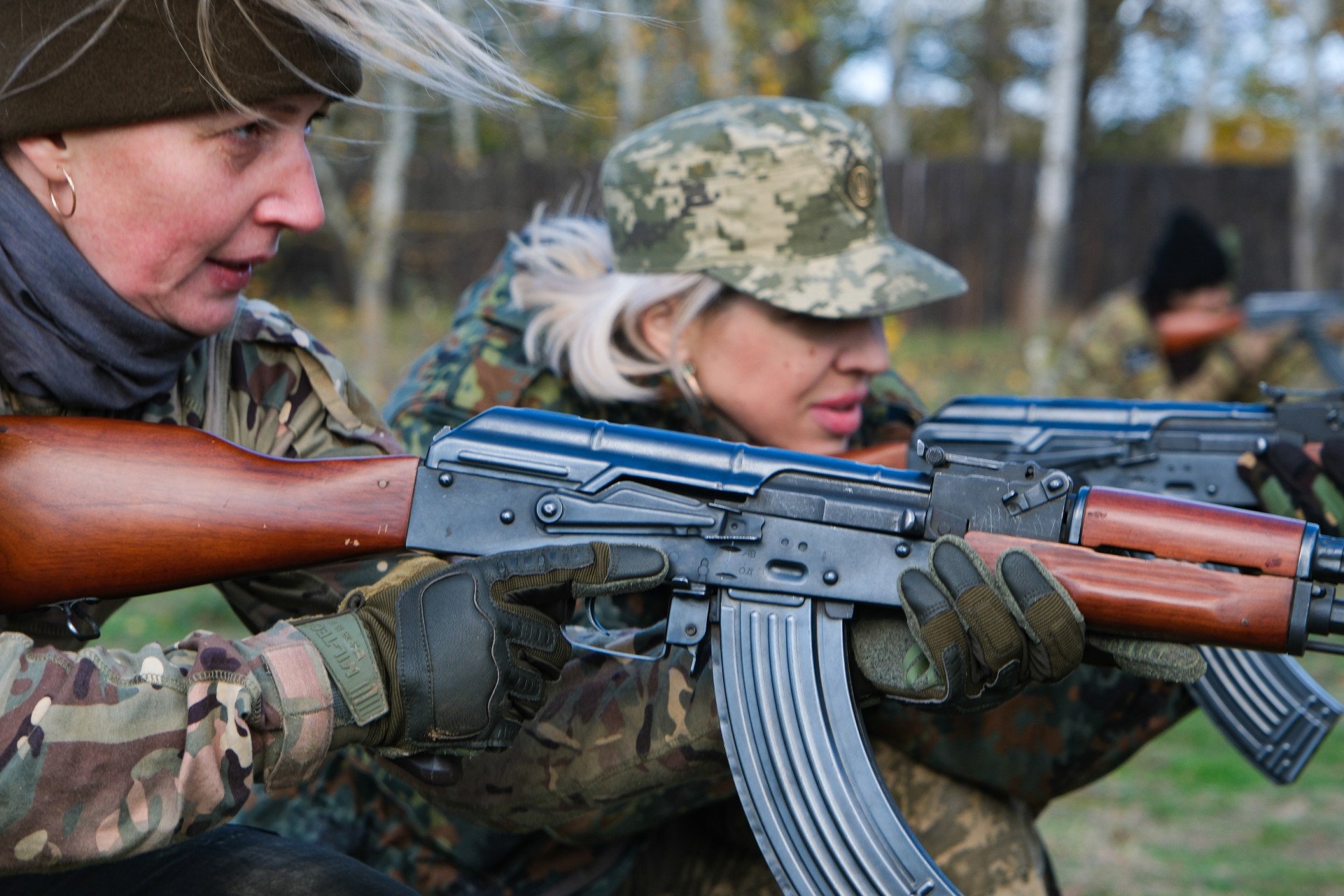

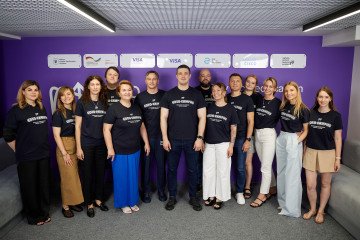
-29a1a43aba23f9bb779a1ac8b98d2121.jpeg)

-f88628fa403b11af0b72ec7b062ce954.jpeg)
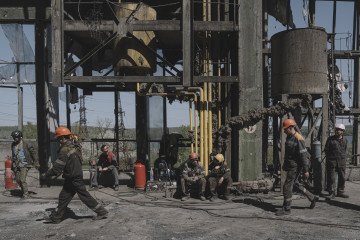
-24deccd511006ba79cfc4d798c6c2ef5.jpeg)

-73e9c0fd8873a094288a7552f3ac2ab4.jpg)